Check if the edges of the adhesive material are adhered
Adhesive material edge adhesion or partial leakage of silicone oil on the base paper can cause the surface paper to break during waste disposal during printing and processing, making normal production impossible. So, before printing, take a piece of adhesive material about 1 meter long and peel it off by hand to see if there are any parts on the edges or other parts that cannot be smoothly and uniformly peeled off. Usually, the adhesion between the edges of the face paper and the base paper occurs on a slitting roll of the adhesive material coated on the entire roll, and usually only occurs at the outer layer of 7-10 meters. Therefore, if there is adhesion on the edges of the slitting roll of adhesive material, do not immediately assert that the entire roll of paper has this problem.

Is PP synthetic paper adhesive material suitable for chemical drum labels?
PP synthetic paper adhesive material&dash& mdash; Many products in the chemical industry use chemical drums, such as lubricants, cleaning agents, paints, etc. Common chemical drums include plastic chemical drums and metal chemical drums. The label stickers attached to chemical drums are called chemical drum labels, also known as plastic chemical drums, iron drums, or metal chemical drums. We categorize the labels used on chemical drums into three types
Category 1: Plastic Chemical Barrel
It is a plastic bucket, box, bottle or cylinder made by blow molding or injection molding. The label paper attached to this plastic chemical drum is usually synthetic paper, which can be waterproof. It is not recommended to use copperplate paper. Note that if it is a small-diameter plastic bottle, the requirements will be higher because the veneer is curved and has a smaller surface area, unlike the synthetic paper labels used for large plastic barrels
Category 2: Metal Chemical Barrel
For example, petroleum and industrial paints. This metal chemical bucket has labels for PP synthetic paper and PET synthetic paper. If there is oil stains on the surface of the chemical drum, a strong adhesive oil resistant label is required
Three categories: Many people believe that there are still glass barrels
In fact, chemical products often use small glass bottles, but there are almost no large glass bottles or jars because they are fragile. What I want to talk about is the third type of chemical barrel, which is actually a chemical barrel with colored GHS compliance labels attached. It could be plastic or metal. Mainly because these products use dangerous products and cannot be treated like ordinary chemical products. The color GHS qualified label has its own standards, with fixed specifications, sizes, and colors that cannot be modified by any manufacturer. In addition to waterproofing, it should also prevent sunlight aging and acid-base corrosion. It can be displayed normally after long-term immersion in seawater environment
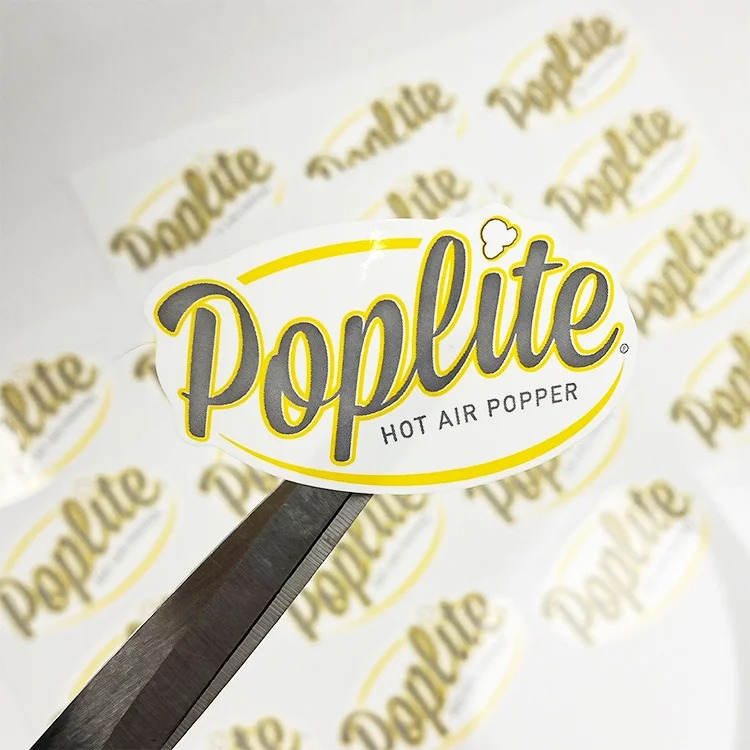
The difference between copperplate paper and regular paper in adhesive materials
The main difference between copperplate paper and regular paper in adhesive materials is their different uses, weights, and appearances. Simply put, the difference between the two is that copperplate paper has adhesive on both sides, while regular paper does not. The original paper that is similar to copperplate paper is uncoated copperplate paper
The actual difference between copperplate paper and regular paper in stickers
1、 The weight varies, with copperplate paper weighing around 100-450 grams and regular paper weighing around 180-300 grams
2、 The appearance is different, and the flatness and milky white color of copperplate paper are higher; The demand for regular paper is not that high
3、 The main uses are different. Copperplate paper is mainly used for printing color pages, advertising, packaging, etc. Copperplate paper has a unique coating that can package and print vibrant colors, while regular paper is generally used for book printing
4、 The processing technology is different. Copperplate paper is made by using bleached chemical wood pulp or partially bleached chemical straw pulp on a paper machine. Writing paper is made from bleached chemical paper pulp as raw material, copied by a long or round net machine, and polished
We offer comprehensive technical support, including free professional labeling solutions, advice on label materials and adhesive selection, as well as online/offline assistance from professional software and hardware engineers. Service email: andy@ownlikes.cn. In pre-sales, we leverage our extensive experience in specialty labeling projects to provide clients with the most suitable hardware solutions. Additionally, all our label barcode printers and scanners come with a three-year free warranty, demonstrating our confidence in our products.


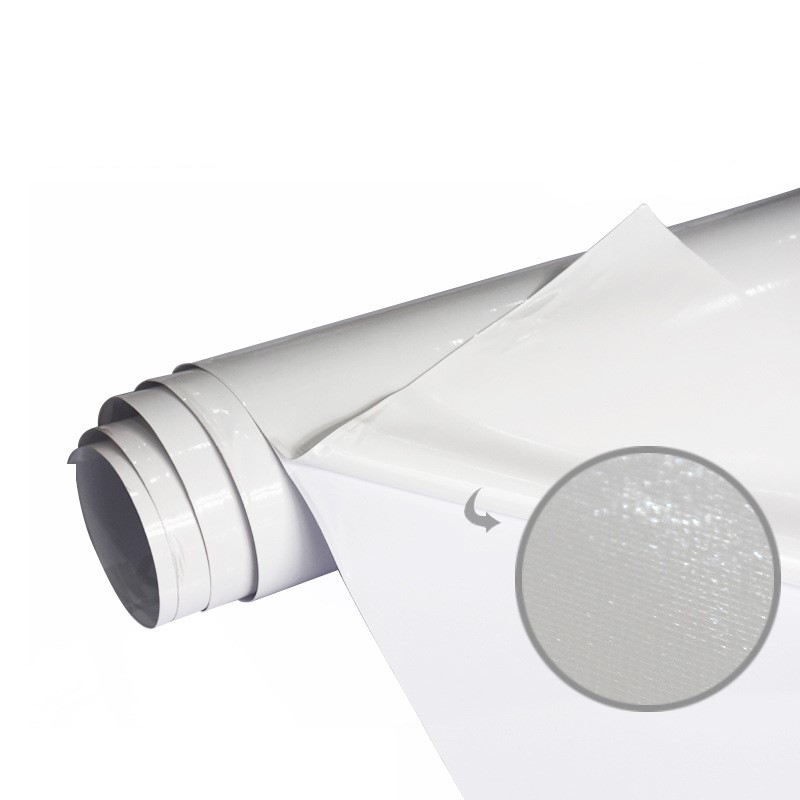
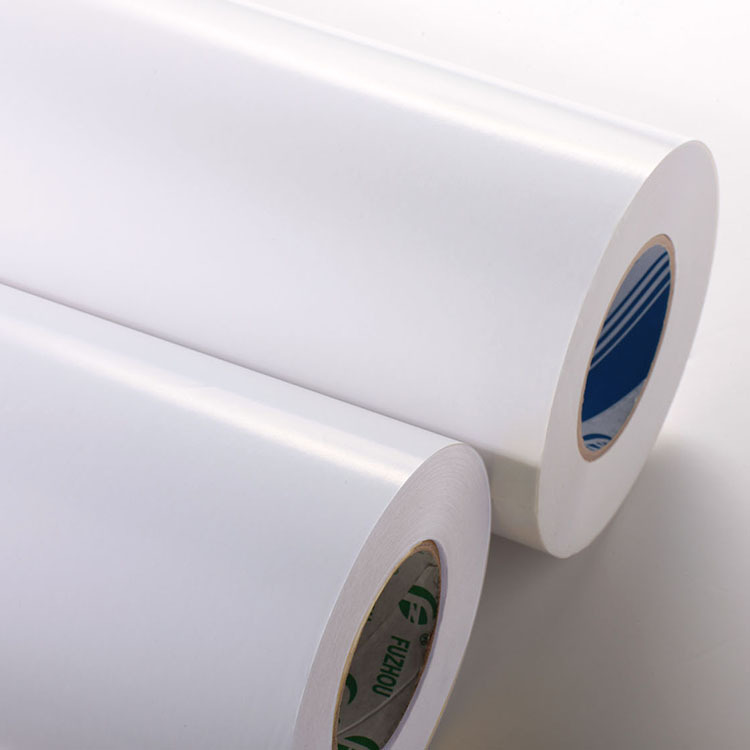
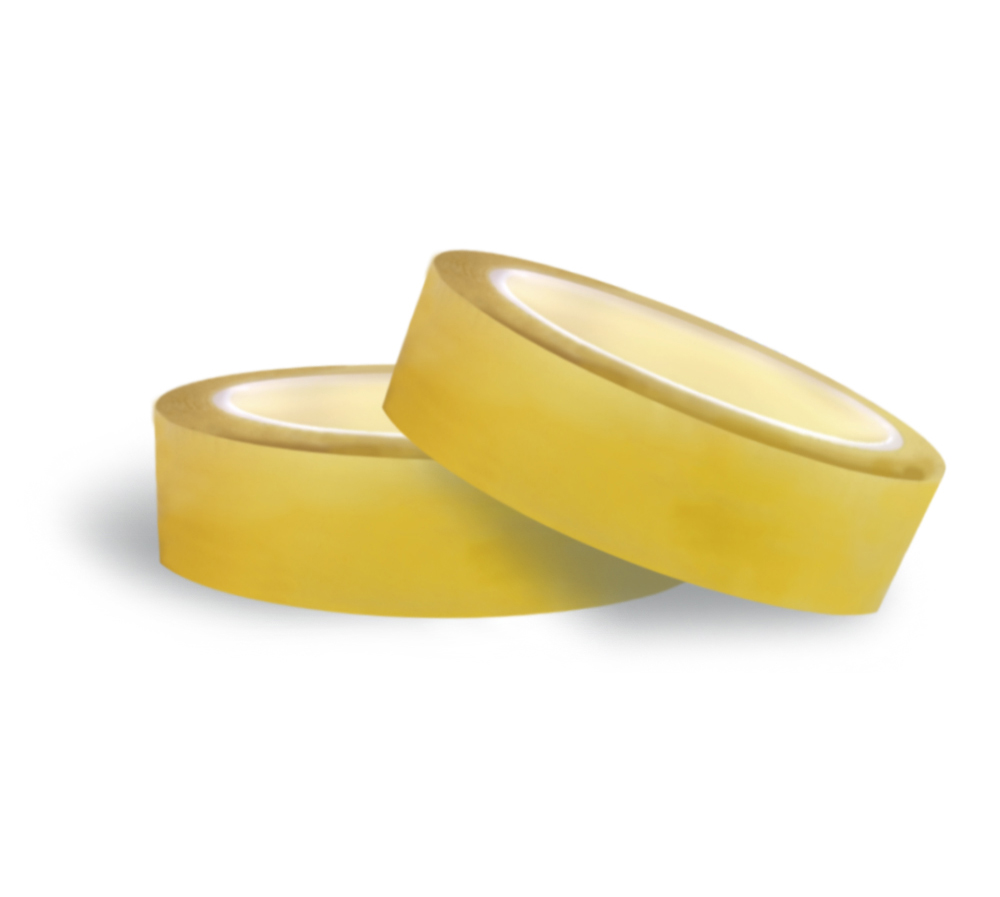
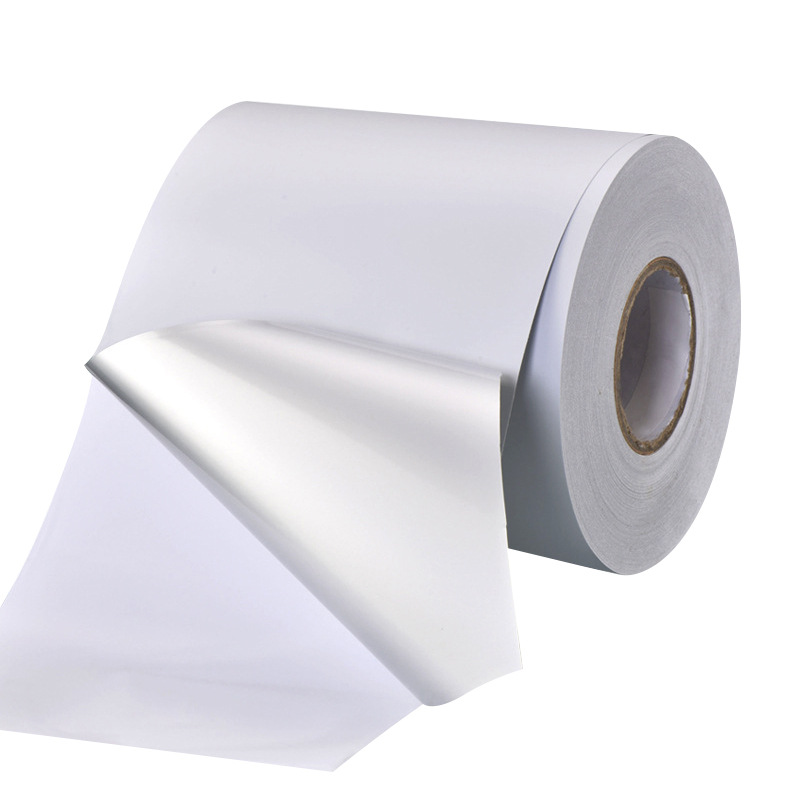
This site is protected by reCAPTCHA and the Google Privacy Policy and Terms of Service apply.